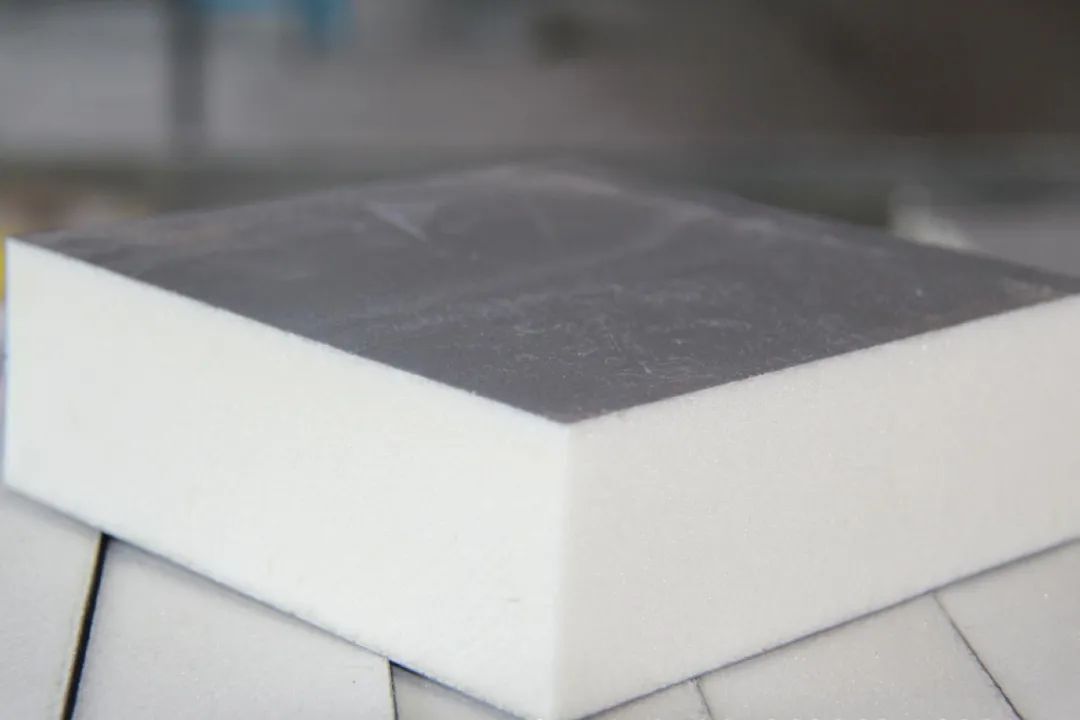Fireproof sponge, also known as flame retardant sponge, its chemical name is polyurethane foam material, divided into soft foam (mainly used on furniture) and hard foam (mainly used for heat preservation) two. Generally, it is a fireproof material synthesized by adding flame retardants to various polyurethanes, and the fire retardant effect of the product meets the requirements of the American Standard 117 standard and the national standard. Use the same as a regular sponge.
The combustion of polymers is a very complex and intense oxidation reaction. The combustion process is that under the continuous heating of the external heat source, the polymer first reacts with the oxygen in the air in a chain degradation of free radicals, resulting in a part of the heat released
The degraded polymer further exacerbates its decomposition, producing more flammable gases that make combustion more violent.
There are two ways to retard a fireproof sponge:
First, flame-retardant elements or atomic groups containing flame-retardant new elements are chemically introduced into the molecular structure of the sponge; Another method is to add flame retardant elements to the sponge, compounds containing flame retardant elements. The flame retardant substance used in the former method is called an strain flame retardant, and the substance used in the latter method is called an additive flame retardant.
At present, the vast majority of flame retardants used in sponges are additive flame retardants, and reactive flame retardants are mainly used in thermosetting resins such as epoxy resin and polyurethane. The function of flame retardants is to interfere with oxygen, heat and combustibles, the three basic elements that maintain combustion. It can generally be achieved in the following ways.
1. Flame retardants can produce heavier non-combustible gases or boiling point liquids, covering the surface of the sponge and blocking the connection between oxidation and combustibles.
2. Reduce the surface temperature of the polymer through endothermic decomposition or endothermic sublimation of flame retardants.
3. The flame retardant produces a large number of non-combustible gases, and the flammable gas concentration and oxygen concentration in the combustion area are discussed.
4. Flame retardant traps free radicals and interrupts chain oxidation reactions.
One of the key advantages of TPU is its thermoplastic nature, which means it can be melted and re-molded multiple times without significant degradation of its properties. This makes it a highly recyclable material, reducing waste and environmental impact. TPU also has excellent adhesion to other materials, allowing for easy bonding with fabrics, metals, and other polymers.




